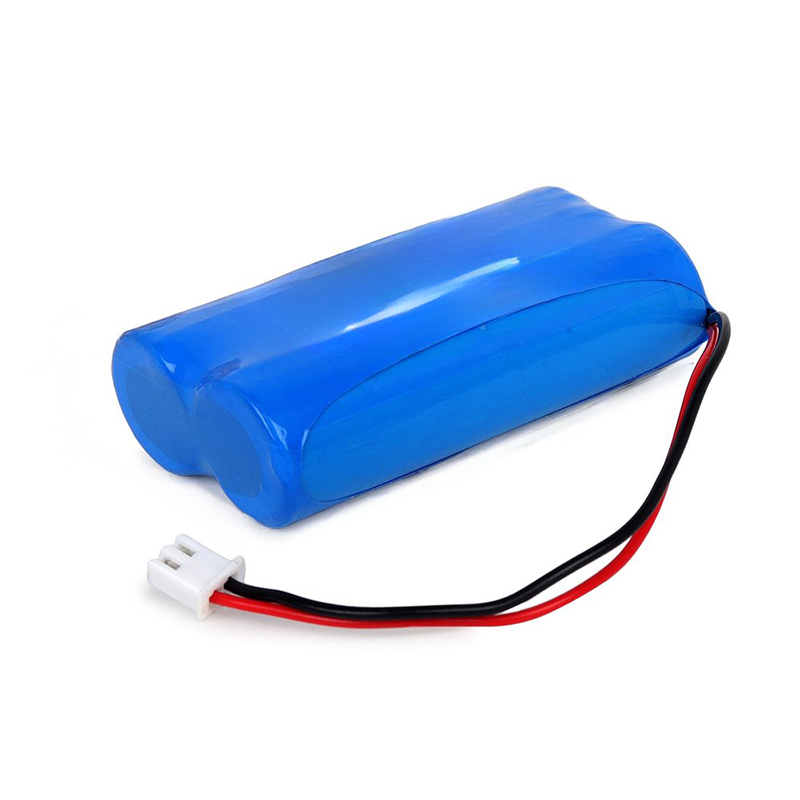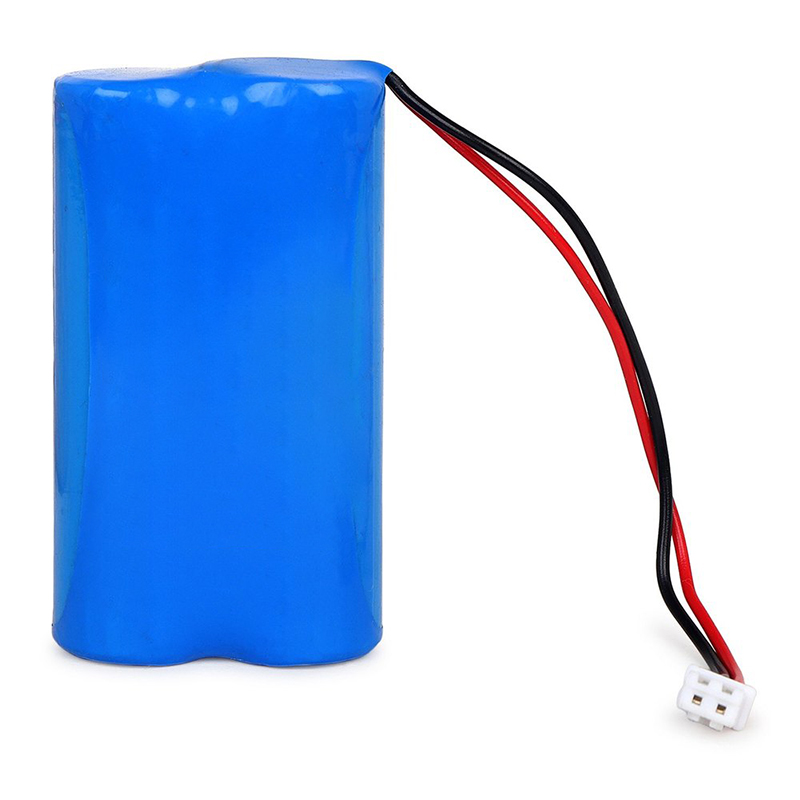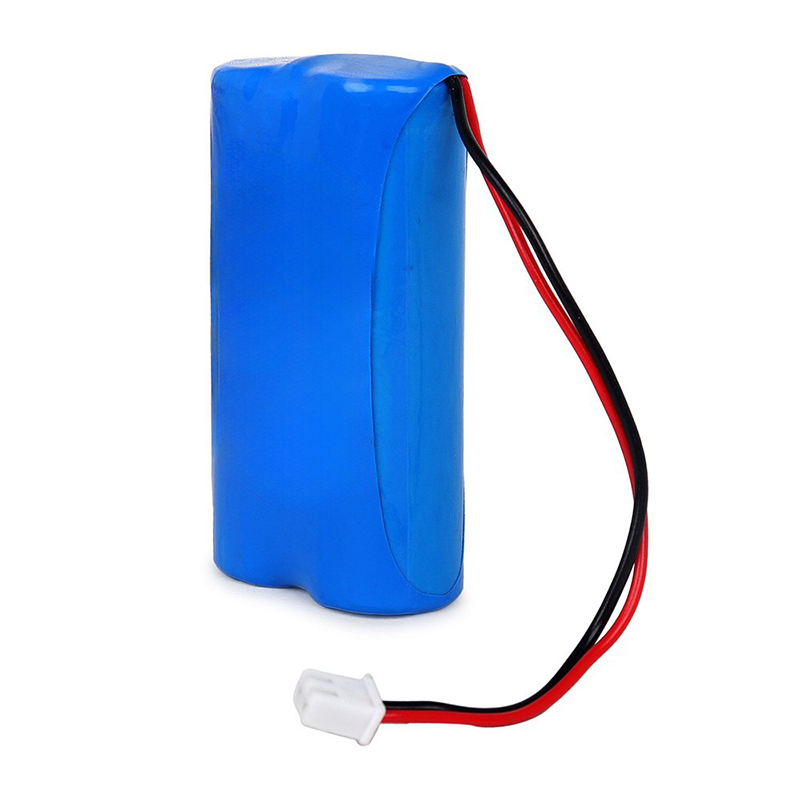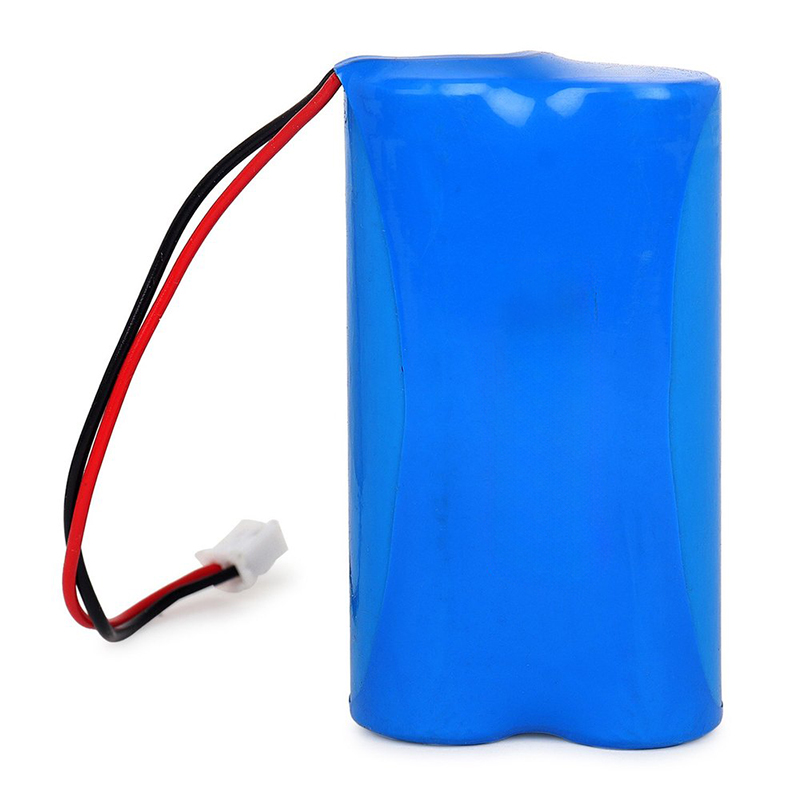OME 3.7V 3000Mah Rechargeable Li-Ion Battery
Voltage
Battery Pack Nominal Voltage Can Be Customized
Capacity
Battery Pack Nominal Capacity Can Be Cutomized
Cell Type
18650/21700/26650/32700..etc cylindrical cells for option
BMS
BMS protection functions and type Can Be Customized
Shell
Customized battery housings, various materials, diverse designs.
Charger
Custom chargers, various specs, meet personalized needs.

Aging Test
Our batteries undergo 100% aging and full inspection testing to ensure stable operation and reliable performance of lithium batteries.

Intelligent Battery Management System
The product is equipped with an intelligent battery BMS management system, which intelligently monitors battery charging, discharging, and temperature to ensure the safe, stable, and efficient operation of the battery system.

Customized Services
We can provide customized solutions for lithium batteries based on your diverse needs, meeting your exact requirements and creating distinctive product services.

Quality assurance
Using high-quality branded battery cells, with sufficient capacity, safety and reliability, long service life, and providing comprehensive after-sales service.
Parameter
| Product model | PYR-CB34005 |
| Nominal voltage (V) | 3.7V(Customizable) |
| Charging Voltage | 4.2V |
| Nominal Capacity (AH) | 3AH(Customizable) |
| Use voltage | 3-4.2V |
| Cell type | 18650 |
| Number of battery cells | 2pcs |
| Discharge current | 3A |
| Usage temperature | Charge:0℃-45℃;-20℃-55℃; |
| Life | 1000 |
| Product Size | 18*38*67mm |
| Weight | 90g |
-
What is the difference between rated capacity and actual capacity?
The rated capacity of the battery is the maximum theoretical capacity measured by the manufacturer under standard conditions, and the actual use capacity may be lower than the rated capacity due to the use conditions, temperature and battery aging. -
What are the consequences of the battery charging voltage being higher than the rated voltage?
-
What is the impact of battery discharge depth (DOD) on battery life?
-
What is the aging process of the batteries?
-
What is the impact of increased internal resistance on battery performance?











